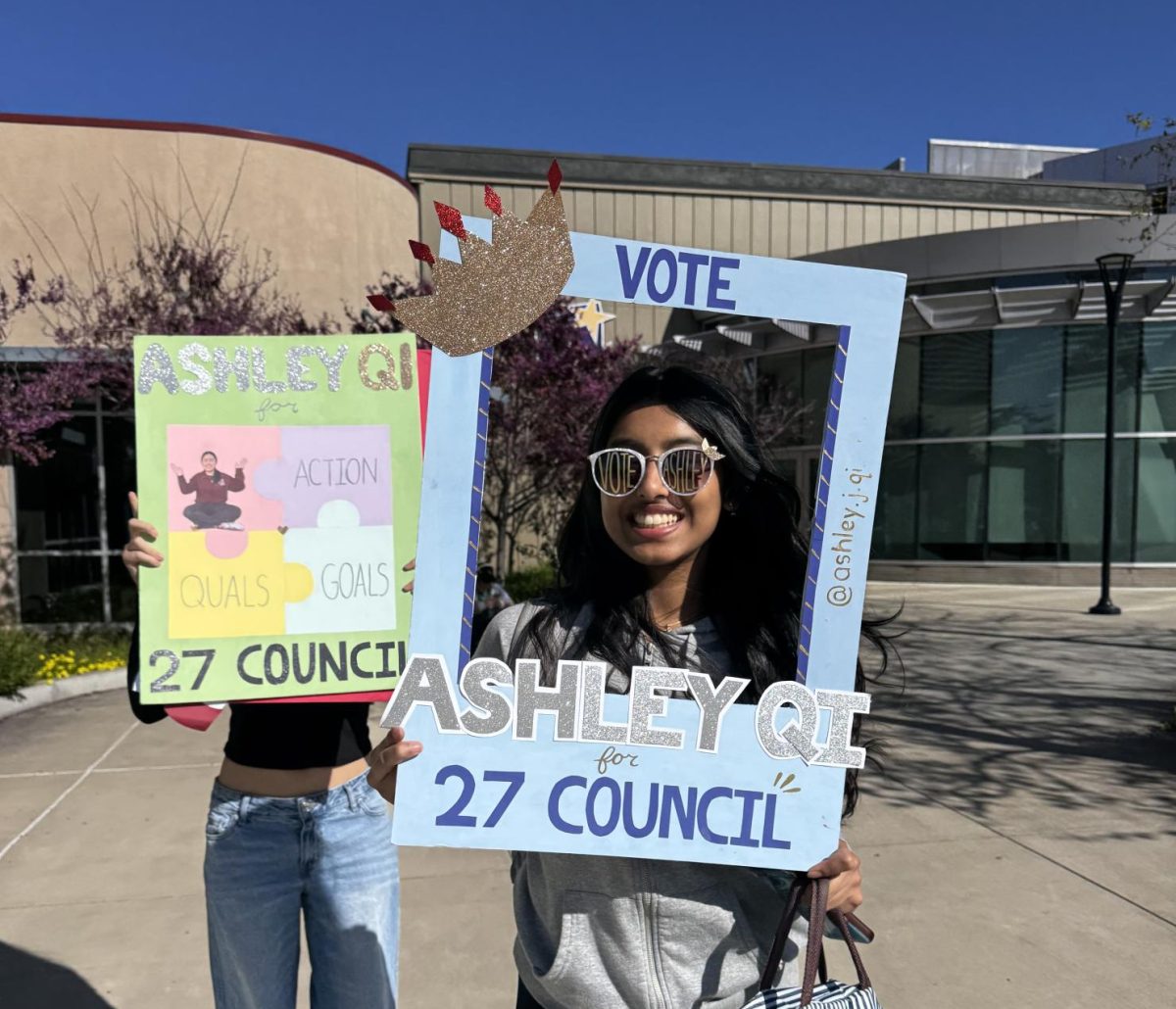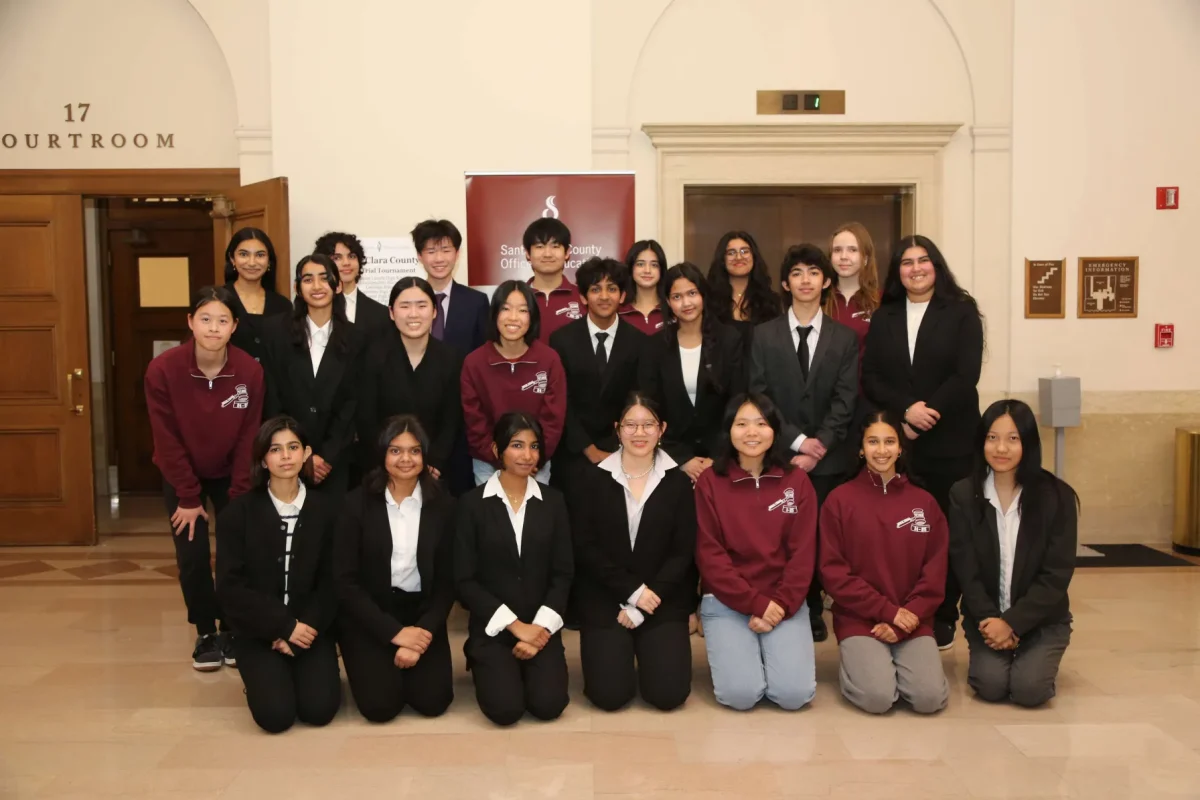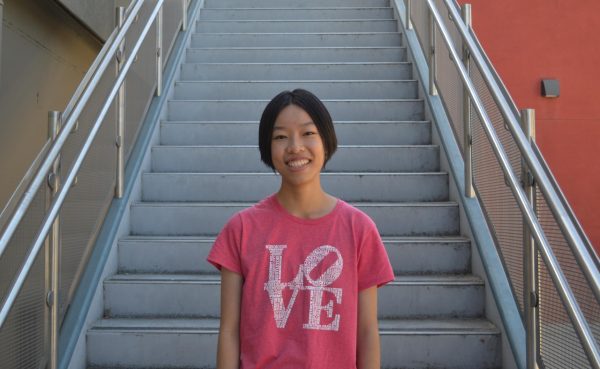The Sakauye family farm, which has stood at the corner of Seely Avenue and Montague Expressway for over a century, now stands at the crossroads of history and societal change.
This past July, the San Jose City Council voted to turn the farm — one of Silicon Valley’s longest-standing testaments to Japanese American history — into a housing development. The farm’s demolition is expected to begin in February 2025.
The farmland dates back to its purchase by Yuwakichi Sakauye in 1907. Six years later, the California Alien Land Law of 1913 was established, prohibiting immigrant farmers like Sakauye from owning agricultural land. Expanded in 1920 to include long-term leasing, the law reinforced institutionalized racism against Japanese Americans.
Regardless of racist policies, Japanese farmers remained integral to California’s economy. Before 1940, Japanese-owned farms occupied just two percent of California’s agricultural land, yet yielded about a third of the state’s produce.
As tensions began to rise between the United States and Japan, the Japanese American community bore the brunt of Americans’ resentment. Executive Order 9066, issued in response to the December 1941 attack on Pearl Harbor, forced thousands of Japanese Americans — most of them US citizens — into military areas later called internment camps. The US government seized farms and other property from the individuals it incarcerated, leaving many with neither homes nor livelihoods.
Yuwakichi Sakauye’s son, Eiichi Sakauye, was incarcerated at Heart Mountain Relocation Center in Wyoming. Until Sakauye’s release in 1945, his neighbor, Edward Seely, looked after the family’s farm. This was an act of both gratitude and goodwill, as Sakauye had cared for Seely’s farm and ill mother while Seely served in the military.
Said Bill Schroh, president and Chief Executive Officer of History San Jose, “That story is a unique story because sometimes, unfortunately, Japanese folks lost everything and there was nothing for them to come home to.” The name of the street where both farms stood — Seely Avenue — honors Seely’s contributions to this day.
Despite the farm’s historical significance, the City Council has decided that current societal demands call for its demolition. In the city with the worst housing shortage nationally, the 23-acre orchard will accommodate nearly 1,500 housing units. This reflects a trend in Silicon Valley’s evolution — as the technology sector expands, urban development outweighs historical conservation. Fulfilling a growing population’s needs, including housing, can come at the cost of preserving culture and history.
However, local organizations like the Preservation Action Council of San Jose oppose the farm’s destruction.
“We believe a more compelling and more appropriate development plan would preserve and incorporate actual historic fabric into the project area,” PAC*SJ said in an email to the San Jose Planning Commission. “This fabric should include the historic Sakauye House itself, retained in place or relocated a very short distance — into either the townhome portion of the new development […] or into the adjacent public park.”
In August, the City Council and advocates for the farm reached a compromise. Although the housing development will continue, the city plans to relocate the Sakauyes’ residential farmhouse to History Park, an outdoor museum featuring historic Silicon Valley buildings. Eiichi Sakauye’s daughters, Carolyn Sakauye and Jane May, have expressed support for the relocation.
Moving the farmhouse will cost an estimated $500,000. The Hanover Company, which oversees the farm’s development, agreed to contribute $100,000. This leaves History San Jose, History Park’s parent organization, to fundraise the remaining amount. Said Schroh, “We do have a fundraising campaign, and we’re going to try to reach out to donors, organizations and corporations to see if we can raise the funds to move the house.”
Schroh believes that preserving the farmhouse is worth the cost. History Park, whose separate museums spotlight different cultural communities, does not yet have a section dedicated to Japanese American history. If this history is concealed rather than represented, it risks becoming less significant to future generations.
Said Schroh, “Every time we lose one of these structures, we lose the story of its history.”










